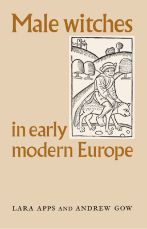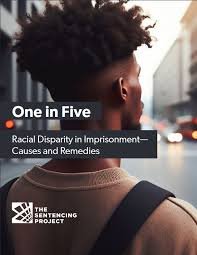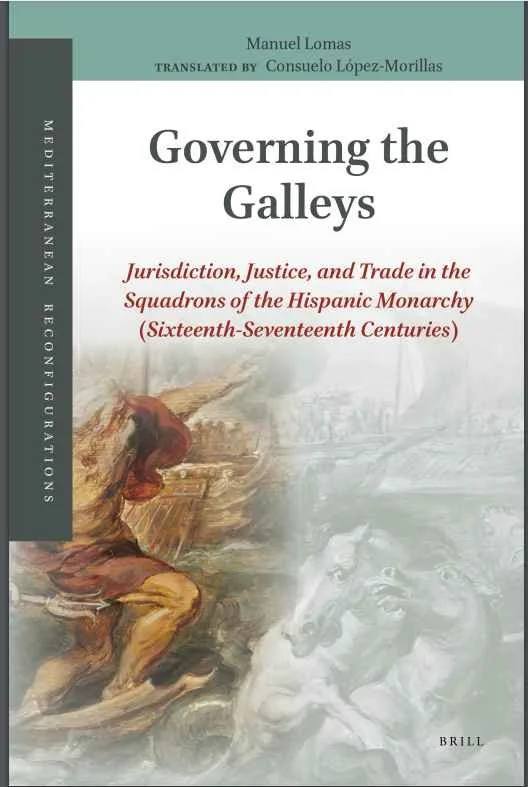Eric L. Sevigny, Jared Greathouse, Danye N. Medhin
Background. Globally, cannabis laws and regulations are rapidly changing. Countries are increasingly permitting access to cannabis under various decriminalization, medicalization, and legalization laws. With strong economic, public health, and social justice incentives driving these domestic cannabis policy reforms, liberalization trends are bound to continue. However, despite a large and growing body of interdisciplinary research addressing the policy-relevant health, safety, and socioeconomic consequences of cannabis liberalization, there is a lack of robust primary and systematic research that comprehensively investigates the consequences of these reforms.
Objectives. This evidence and gap map (EGM) summarizes the empirical evidence on cannabis liberalization policies. Primary objectives were to develop a conceptual framework linking cannabis liberalization policies to relevant outcomes, descriptively summarize the empirical evidence, and identify areas of evidence concentration and gaps.
Search Methods. We comprehensively searched for eligible English-language empirical studies published across 23 academic databases and 11 gray literature sources through August 2020. Additions to the pool of potentially eligible studies from supplemental sources were made through November 2020.
Selection Criteria. The conceptual framework for this EGM draws upon a legal epidemiological perspective highlighting the causal effects of law and policy on population-level outcomes. Eligible interventions include policies that create or expand access to a legal or decriminalized supply of cannabis: comprehensive medical cannabis laws (MCLs), limited medical cannabidiol laws (CBDLs), recreational cannabis laws (RCLs), industrial hemp laws (IHLs), and decriminalization of cultivations laws (DCLs). Eligible outcomes include intermediate responses (i.e., attitudes/behaviors and markets/environments) and longer-term consequences (health, safety, and socioeconomic outcomes) of these laws.
Data Collection and Analysis. Both dual screening and dual data extraction were performed with third person deconfliction. Primary studies were appraised using the Maryland Scientific Methods Scale and systematic reviews were assessed using AMSTAR 2.
Main Results. The EGM includes 447 studies, comprising 438 primary studies and nine systematic reviews. Most research derives from the United States, with little research from other countries. By far, most cannabis liberalization research focuses on the effects of MCLs and RCLs. Studies targeting other laws—including CBDLs, IHLs, and DCLs—are relatively rare. Of the 113 distinct outcomes we documented, cannabis use was the single most frequently investigated. More than half these outcomes were addressed by three or fewer studies, highlighting substantial evidence gaps in the literature. The systematic evidence base is relatively small, comprising just seven completed reviews on cannabis use (3), opioid-related harms (3), and alcohol-related outcomes (1). Moreover, we have limited confidence in the reviews, as five were appraised as minimal quality and two as low quality.
Authors’ Conclusions. More primary and systematic research is needed to better understand the effects of cannabis liberalization laws on longer-term—and arguably more salient—health, safety, and socioeconomic outcomes. Since most research concerns MCLs and RCLs, there is a critical need for research on the societal impacts of industrial hemp production, medical CBD products, and decriminalized cannabis cultivation. Future research should also prioritize understanding the heterogeneous effects of these laws given differences in specific provisions and implementation across jurisdictions
Systematic Reviews, vol. 19(4), 2023.






















